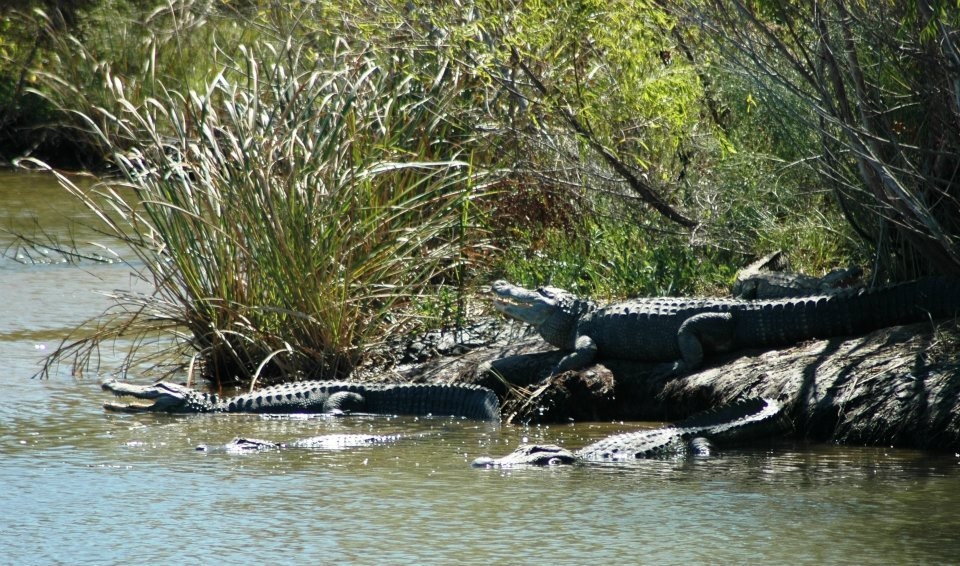 The Wallisville Lake Project's mission areas include navigation, salinity control, water supply, fish and wildlife enhancement, and recreation. The Trinity River, a major source of water for the Houston metro area, several smaller communities, and irrigation canal districts in both Liberty and Chambers counties, is navigable by pleasure boats from its mouth and north as far as Liberty, Texas. The Wallisville lock, dam and structure provide for salinity control by opening and closing depending on tides, river flows, winds, and drought conditions. Unlike most other Corps projects, Wallisville has no impounded reservoir so the bottomland forests, grasslands, streams, marshes, swamps, and pools are still preserved as natural habitats for a wide variety of fish and aquatic animals. Depending on tides and fish movements, anglers could find marine species one day and fresh species the next. Birds, such as colonial waders, shore birds, waterfowl, songbirds, and raptors call Wallisville home for breeding, wintering, or temporary residence during migration. Additionally, mammals large and small find forage and shelter in the grasslands, forests, and swamps. And we mustn’t forget our large reptile, the American alligator. Parks, recreation areas, and the visitor center provide opportunities for picnicking, hiking, birding, primitive camping, fishing, canoeing and kayaking, and other activities for visiting families. Fishing can be enjoyed year-round and during waterfowl season hunters can try their luck and aim on the many waterfowl that migrate through the project.
The Wallisville Lake Project's mission areas include navigation, salinity control, water supply, fish and wildlife enhancement, and recreation. The Trinity River, a major source of water for the Houston metro area, several smaller communities, and irrigation canal districts in both Liberty and Chambers counties, is navigable by pleasure boats from its mouth and north as far as Liberty, Texas. The Wallisville lock, dam and structure provide for salinity control by opening and closing depending on tides, river flows, winds, and drought conditions. Unlike most other Corps projects, Wallisville has no impounded reservoir so the bottomland forests, grasslands, streams, marshes, swamps, and pools are still preserved as natural habitats for a wide variety of fish and aquatic animals. Depending on tides and fish movements, anglers could find marine species one day and fresh species the next. Birds, such as colonial waders, shore birds, waterfowl, songbirds, and raptors call Wallisville home for breeding, wintering, or temporary residence during migration. Additionally, mammals large and small find forage and shelter in the grasslands, forests, and swamps. And we mustn’t forget our large reptile, the American alligator. Parks, recreation areas, and the visitor center provide opportunities for picnicking, hiking, birding, primitive camping, fishing, canoeing and kayaking, and other activities for visiting families. Fishing can be enjoyed year-round and during waterfowl season hunters can try their luck and aim on the many waterfowl that migrate through the project.
WALLISVILLE, Texas - Alligators sun themselves less than 50 yards downstream from the lock gates at Wallisville.